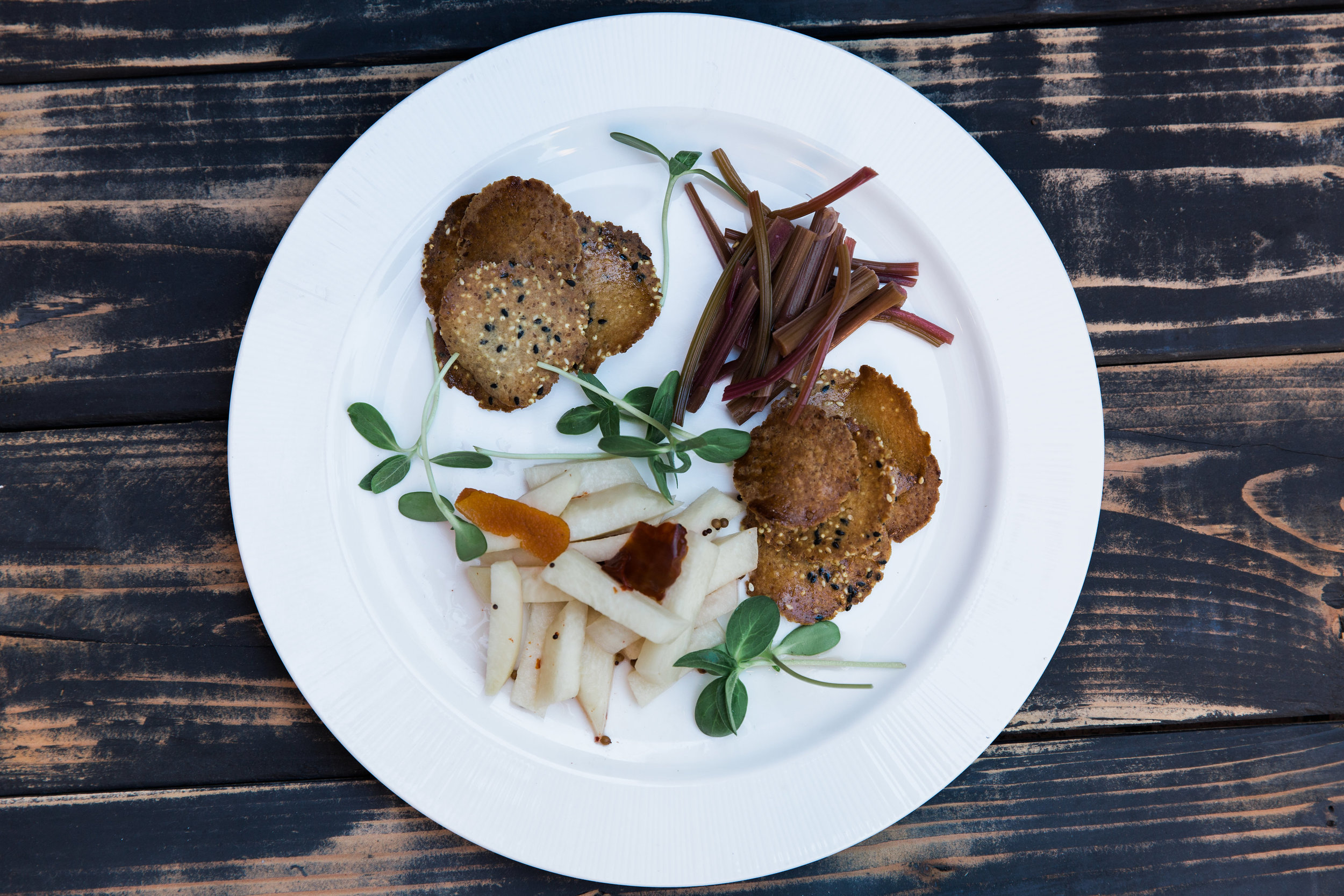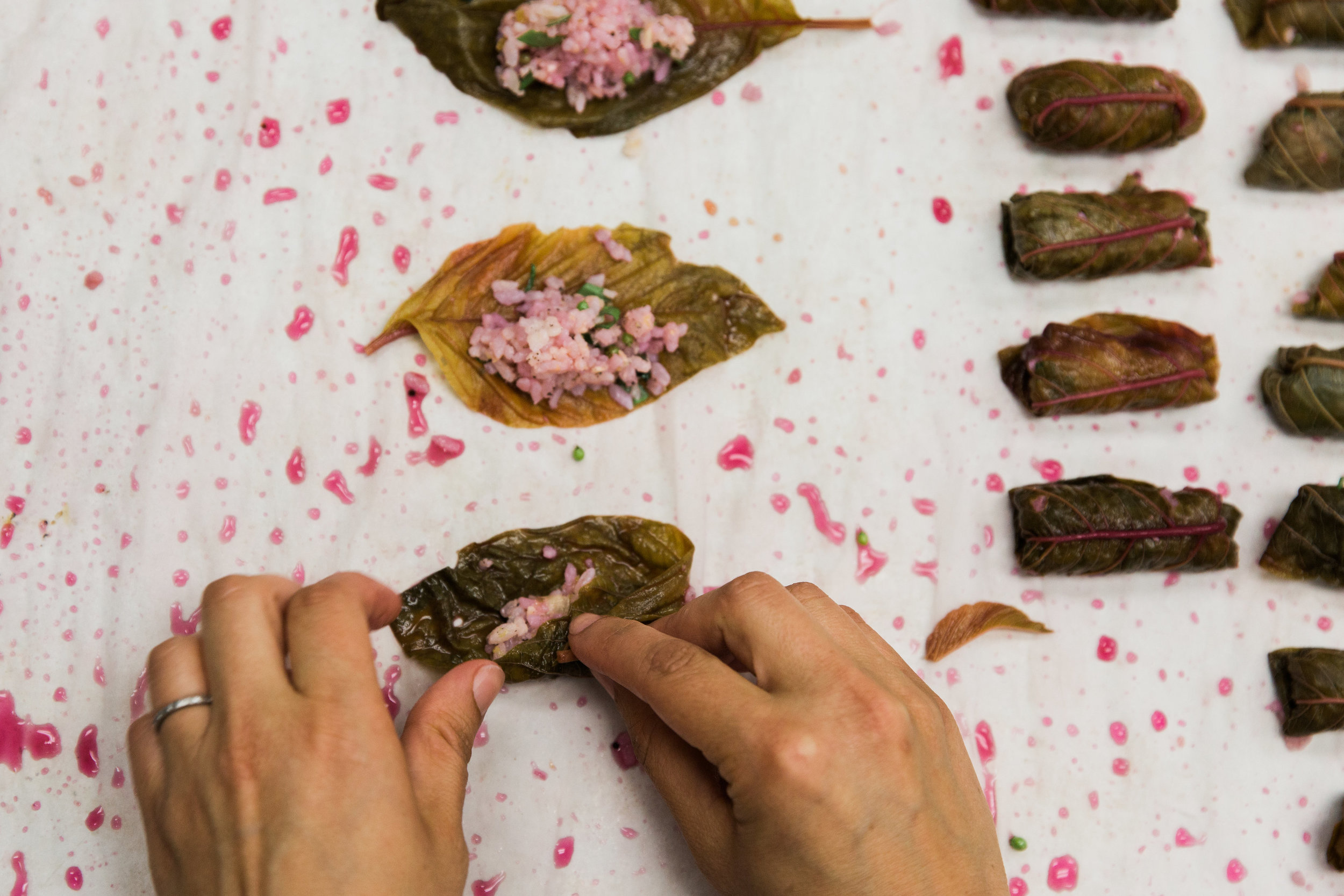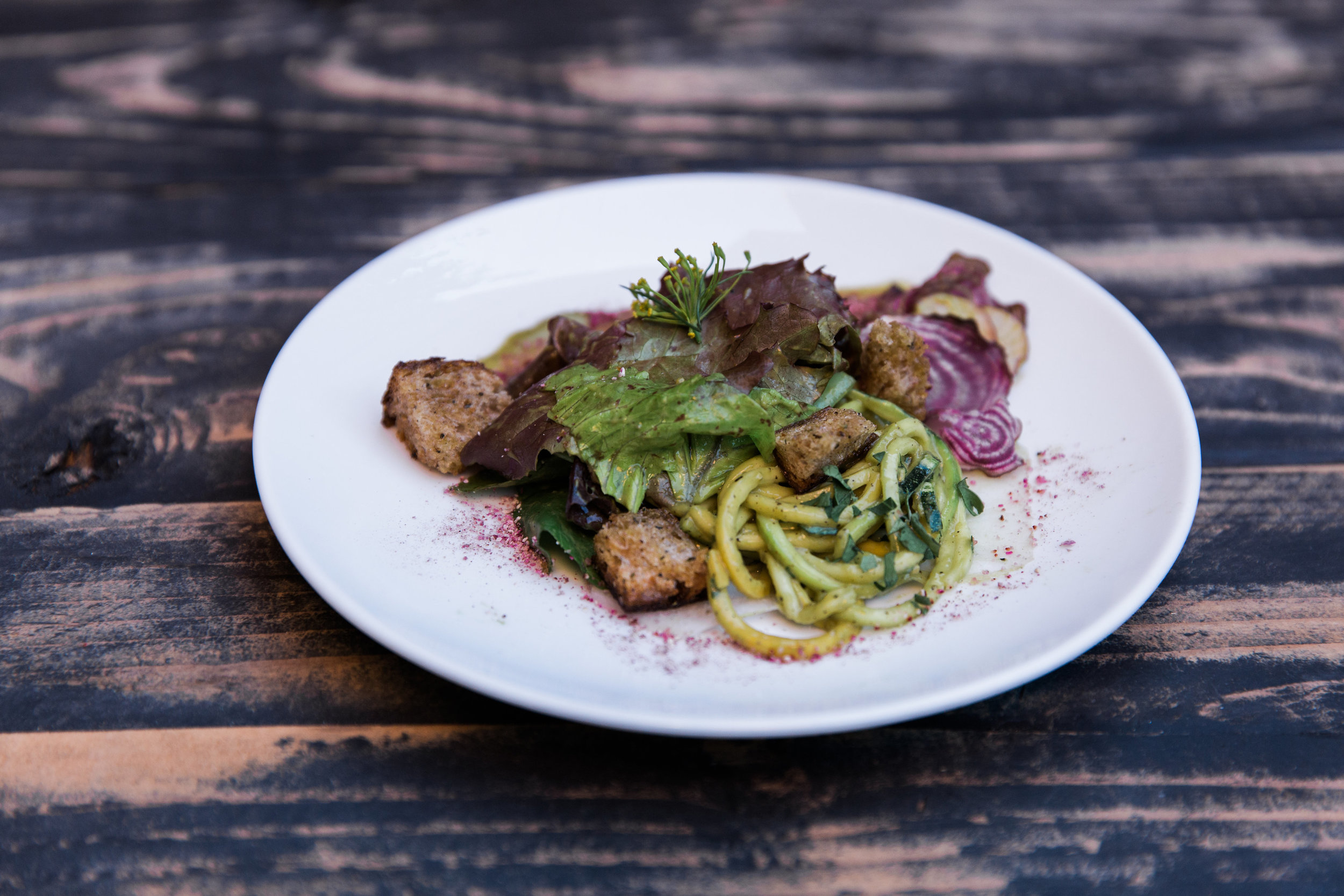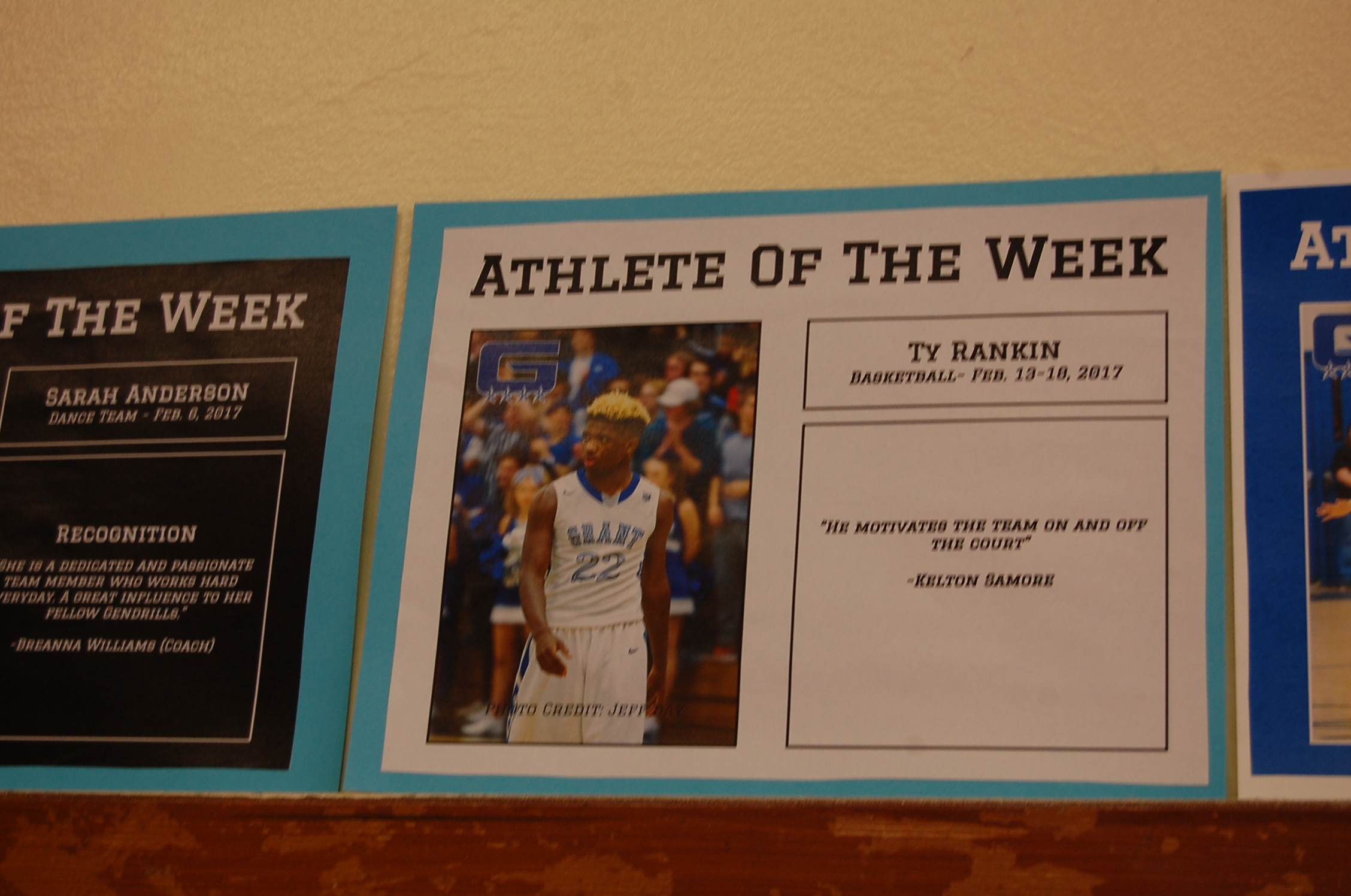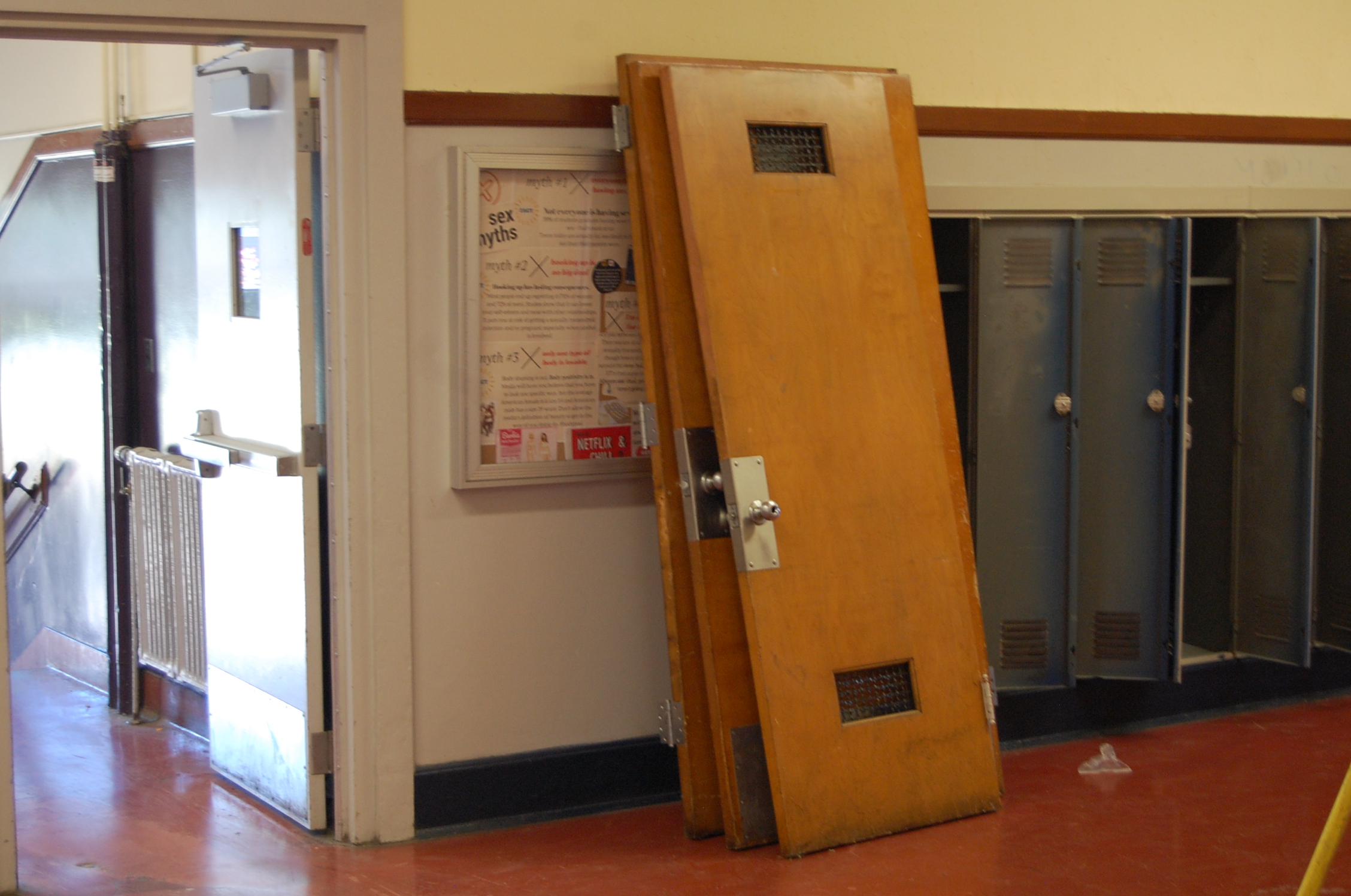The Black Williams Project was a direct result of that work, and was moved forward to begin to reconcile the wrongs. To lead this effort, they chose a dynamic African-American couple to direct and design the project. Kayin Talton Davis and Cleo Davis, both native Portlanders, brought a combined background of architecture, industrial design, materials science, mechanical engineering, graphic design, fine art, and a deep connected love of the Black community of Northeast Portland. Kayin and Cleo are bringing this fading history into public view through this cultural and historical multimedia public art project. The art project is funded by PBOT and administered by the Regional Arts and Culture Council with a $100,000 grant from the $1.5-million-dollar Williams Safety Project—a street redesign project that was supposed to cost $370,000 dollars and ended up stretching past schedule to 18 months at a cost $1.4 million for street improvements.
As part of their process, they also sought and received assistance from the ReBuilding Center’s Community Outreach Program, under the leadership of now-retired Linda Hunter. The overall goal of the project was to gather and collect visual images and personal stories about the quickly evaporating history of Williams Avenue and the broader Black community of NE. “Many of the landmarks are no longer around and our friends’ families no longer live in the area,” says Cleo Davis. “We grew up with stories about the Maxey’s and the old crew on Gantenbein, going to Hank’s Dairy on Williams and Fremont, and attending Morning Star Missionary Baptist Church on Ivy and Rodney.” It is this history that will now being creatively integrated into public walkways and streetscapes along the Avenue.
The couple recently previewed their work at a May 20th Black community event held at the Billy Webb Elks Lodge. The Historic Black Williams Project is holding its first public viewing on Saturday, June 3rd as part of the Art Unveiling + Community Walk from 12:00 PM - 2:00 PM at Dawson Park located at N. Williams Ave. and N. Stanton St.
PBOT’s Public Involvement Coordinator and supporter Irene Schwoeffermann stated, “These events are a cultural and historical ‘homecoming’ for both longstanding and displaced community members.” To learn more about the project directly, contact PBOT at: historicblackwilliamsproject@portlandoregon.gov or by telephone at (503) 823-4239.
This is RSVP LINK: RSVP + Community Survey
FACEBOOK LINK: Facebook Event












![decon and reuse 17 [print].jpg](https://images.squarespace-cdn.com/content/v1/55b14a8ce4b07de064245397/1504983125643-YQADER1RSZOXEP6ITNFE/decon+and+reuse+17+%5Bprint%5D.jpg)





































